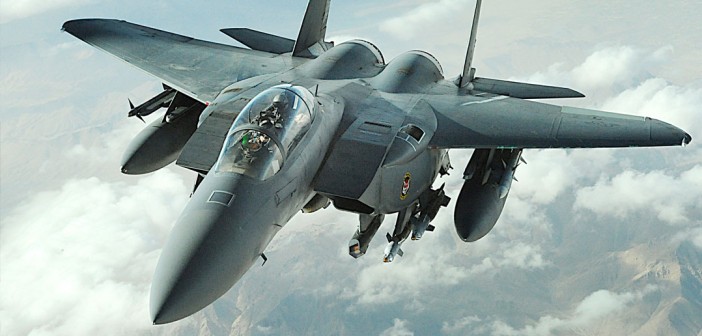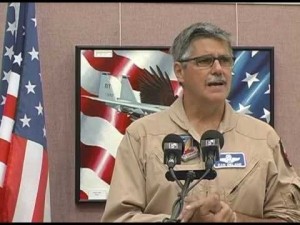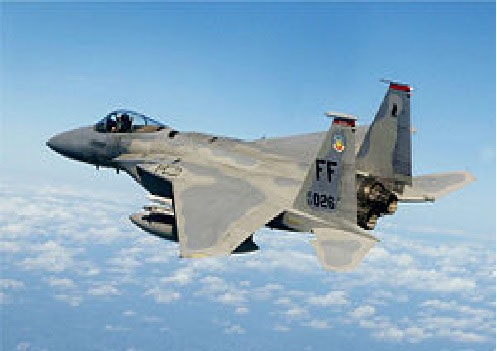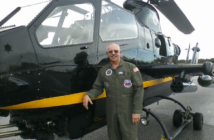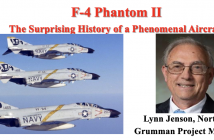During some of the darkest days of the Cold War, the US Air Force was charged with the responsibility to guarantee that the United States and our allies would absolutely rule the skies over any field of conflict. To do this, they needed a fighter plane that was fast, agile, and versatile. America’s engineers answered that need with the F-15 Eagle. Its powerful engines enabled it to climb to altitude in a hurry, respond instantly to the pilots’ throttle movements, and to fly and fight at supersonic speeds. Its radar could find and identify threat targets quickly and accurately, and provide that data to the aircraft’s weapons computer, which could instantly command any of the wide variety of weapons the pilot chose to employ. But, of course, this magnificent weapon system was only as good as the pilots who flew it. They had to be the best of the best. We are fortunate to have one of those best of the best who is willing to describe for us some of the skills needed to command the Eagle, and some of the thrills experienced by the privileged few who had the opportunity to do so. Join us, to hear Dan Delane, Eagle Driver, share some of his stories about the missions and achievements of the Eagle and the extraordinary pilots who flew this extraordinary aircraft.
The McDonnell Douglas (now Boeing) F-15 Eagle is an American twin-engine, all-weather tactical fighter designed by McDonnell Douglas to gain and maintain air supremacy in aerial combat. It is among the most successful modern fighters, with over 100 victories and no losses in aerial combat with the majority of the kills by the Israel Air Force. Following reviews of proposals, the United States Air Force selected McDonnell Douglas’ design in 1967 to meet the service’s need for a dedicated air superiority fighter. The Eagle first flew in July 1972, and entered service in 1976. The Eagle has since been exported to Israel, Japan, and Saudi Arabia, among other nations. The F-15 was originally envisioned as a pure air superiority aircraft. Its design included a secondary ground-attack capability that was largely unused. The design proved flexible enough that an all-weather strike derivative, the F-15E Strike Eagle, was later developed, entering service in 1989. The F-15 Eagle is expected to be in service with the U.S. Air Force past 2025. Newer models are still being produced for foreign users. The F-15 production line is set to end in 2019, 47 years after the type’s first flight.

